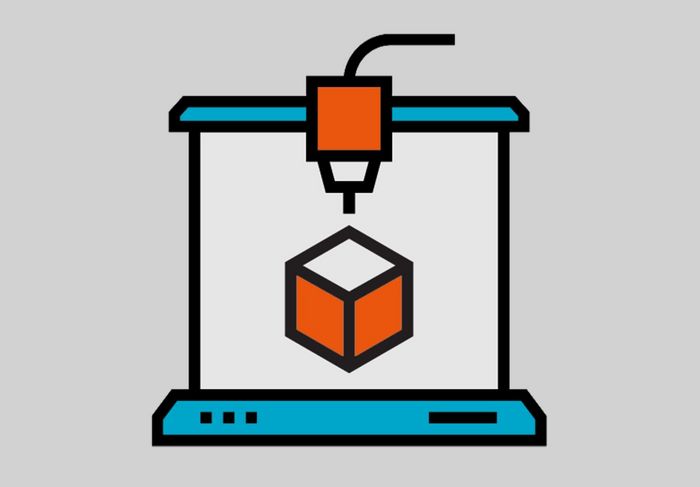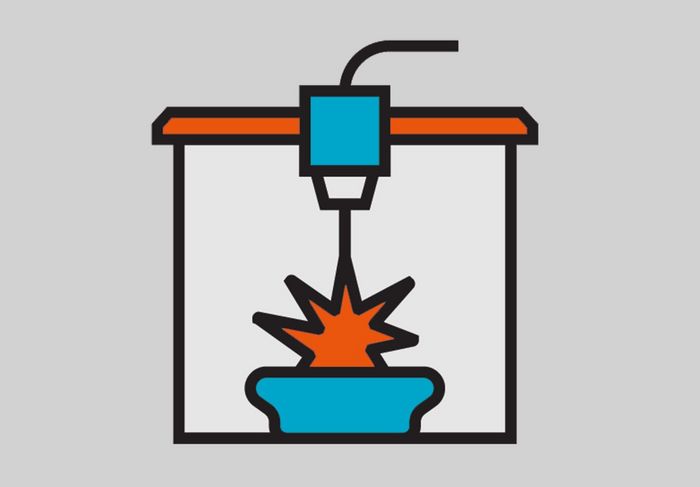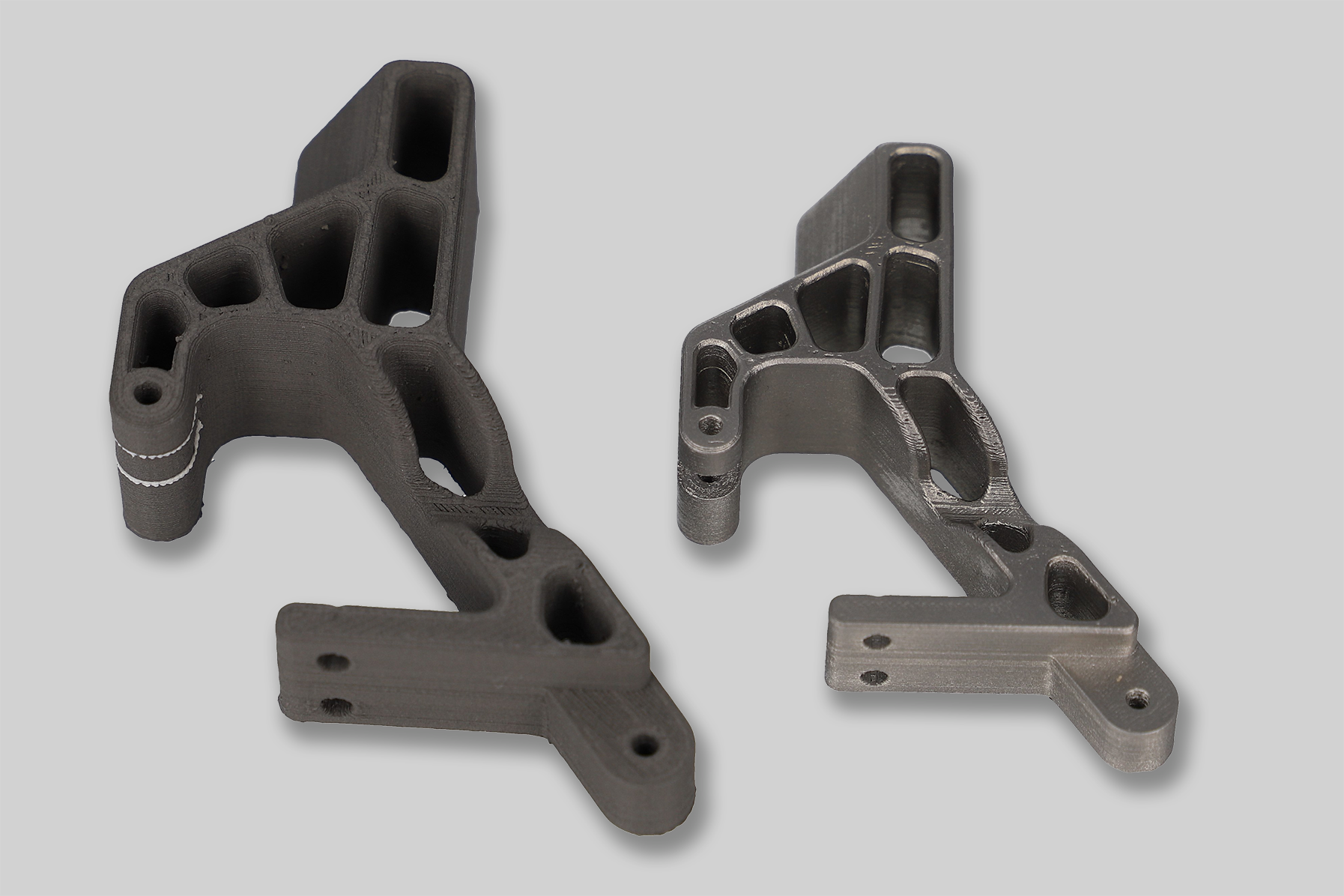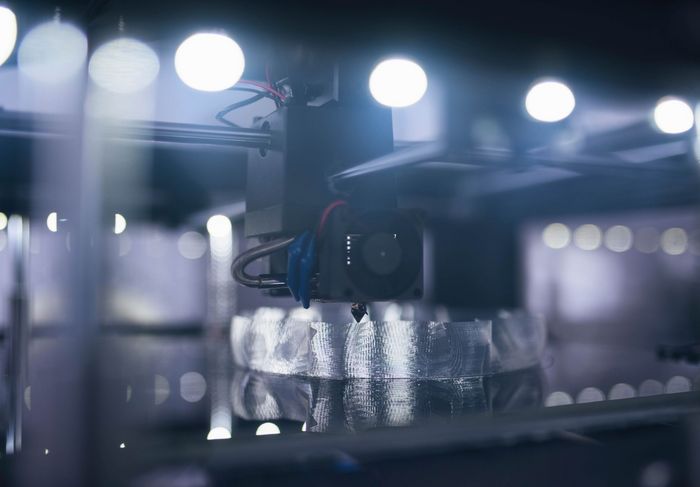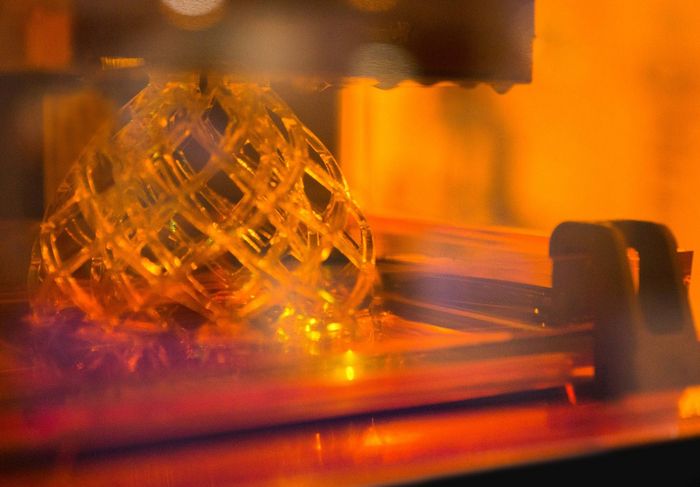The most important additive manufacturing processes: available at Jellypipe
3D Printing Technologies
At Jellypipe you get a wide range: the latest additive manufacturing processes with over 100 different 3D printing materials to choose from. New technologies are constantly being tested and added to the range. You can find all the details about each technology: here.
There are several types of 3D printing technologies. The following are available at Jellypipe:
Extrusion: in this technology, filaments are fused using an extrusion-based process. In FDM 3D printing with plastics, the parts can be used directly after printing, or post-processed. In FDM metal 3D printing, so-called "green parts" are created during printing. Afterwards, the binder is removed and the metal parts are sintered.
Fusing: In fusing processes, powder layers are applied to a build platform. Subsequently, the layers are fused with a laser beam. Depending on the technology, either each component is traced separately with a laser beam, or area-wide illumination sources are used.
- Available technologies: SLS (for plastics), SLM (for metals), DMP (for metals), MJF, SAF (for series components)
- Polymerization: In polymerization processes, liquid resins are cured layer by layer by means of laser beams.
- Bonding: The material is bonded layer by layer by a binder.
- Hybrid processes: in hybrid processes, 3D printing is combined with conventional production methods to exploit the advantages of both forms of technology.


